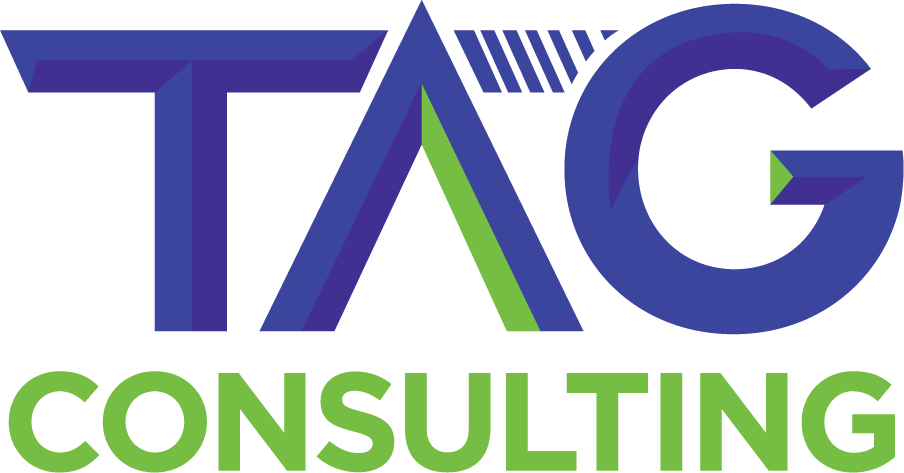- info@tag-pr.net
- Mon - Sat: 8.00 am - 7.00 pm
Corporate Governance
- Home
- Corporate Governance
Corporate governance in the financial sector involves developing a comprehensive framework that aligns the governance practices of a company with its long-term goals, risk management, compliance requirements, and stakeholder expectations. Given the unique challenges and regulatory environment of the financial sector, strategic planning should be meticulous and adaptable. Here's a step-by-step guide TAG CONSULTING follows to plan for corporate governance in the financial sector:
1. Assessment of Current Governance Practices:
Begin by evaluating the existing corporate governance practices within your organization. Identify strengths, weaknesses, gaps, and areas for improvement.
Consider conducting internal audits, risk assessments, and surveys to gather insights from key stakeholders.
2. Define Governance Objectives:
Clearly outline the objectives of your corporate governance strategy. These objectives should be aligned with your company's mission, vision, and long-term goals.
Identify specific goals such as enhancing transparency, minimizing risks, ensuring compliance, and safeguarding client interests.
3. Regulatory Landscape Analysis:
Thoroughly understand the regulatory framework governing the financial sector in the jurisdiction. Stay up-to-date with evolving regulations, standards, and best practices.
Develop strategies to ensure your governance practices are in full compliance with these regulations.
4. Board and Leadership Structure:
Determine the optimal composition of your board of directors. Ensure it includes individuals with diverse expertise, including finance, legal, technology, and risk management.
Consider creating board committees focused on audit, risk, compensation, and other pertinent areas.
5. Risk Management Framework:
Establish a robust risk management framework that identifies, assesses, and mitigates various risks associated with financial operations.
Define risk appetite and tolerance levels for different types of risks, including market, credit, operational, and compliance risks.
6. Code of Ethics and Conduct:
Develop a comprehensive code of ethics and conduct that outlines the expected behavior of employees, consultants, and stakeholders.
Emphasize integrity, transparency, and accountability in all interactions and decisions.
7. Compliance Mechanisms:
Implement mechanisms to ensure ongoing compliance with regulatory requirements and industry standards.
Designate a compliance officer or team responsible for monitoring and enforcing compliance.
8. Client Protection Strategies:
Developing strategies to protect client interests, maintain confidentiality, and provide transparent services.Implement protocols for handling client data and addressing conflicts of interest.
9. Stakeholder Engagement:
Establish channels for regular communication with stakeholders, including clients, investors, regulators, and employees.
Solicit feedback and address concerns to maintain trust and alignment.
Solicit feedback and address concerns to maintain trust and alignment.
10. Training and Education:
Provide ongoing training programs to keep employees and consultants informed about the latest regulatory changes and industry trends.
Promote a culture of continuous learning and professional development.
Promote a culture of continuous learning and professional development.
11. Performance Measurement and Reporting:
Define key performance indicators (KPIs) and metrics to measure the effectiveness of your corporate governance strategy.
Regularly report on governance practices, risk management, and compliance efforts to the board, stakeholders, and regulators.
Regularly report on governance practices, risk management, and compliance efforts to the board, stakeholders, and regulators.
12. Continuous Improvement:
Foster a culture of continuous improvement by regularly reviewing and updating your corporate governance strategy.
Stay flexible and adaptive to changes in the regulatory landscape and emerging risks.
Creating a strategic plan for corporate governance in the financial sector requires collaboration among different departments, careful consideration of stakeholder expectations, and a commitment to upholding ethical standards and regulatory compliance. The plan should be agile enough to address unforeseen challenges and changes while maintaining a focus on long-term stability and value creation.
Stay flexible and adaptive to changes in the regulatory landscape and emerging risks.
Creating a strategic plan for corporate governance in the financial sector requires collaboration among different departments, careful consideration of stakeholder expectations, and a commitment to upholding ethical standards and regulatory compliance. The plan should be agile enough to address unforeseen challenges and changes while maintaining a focus on long-term stability and value creation.
